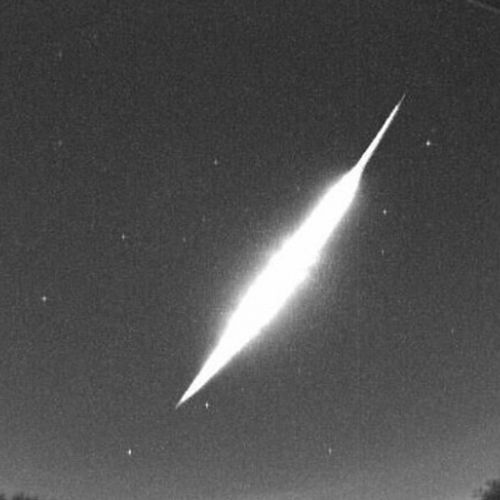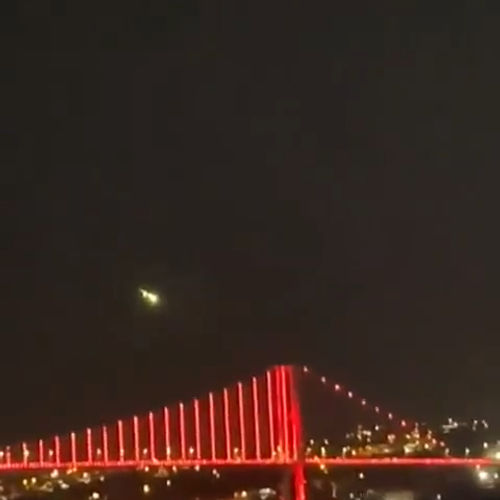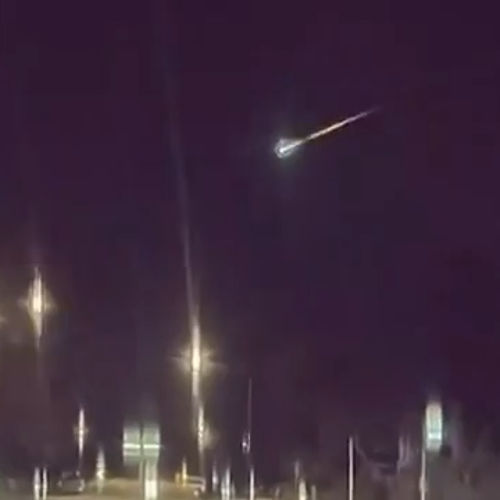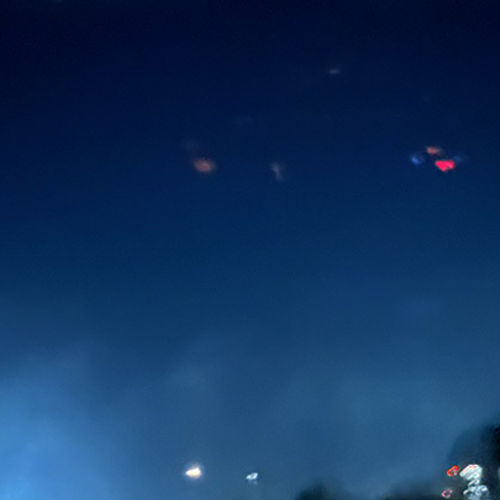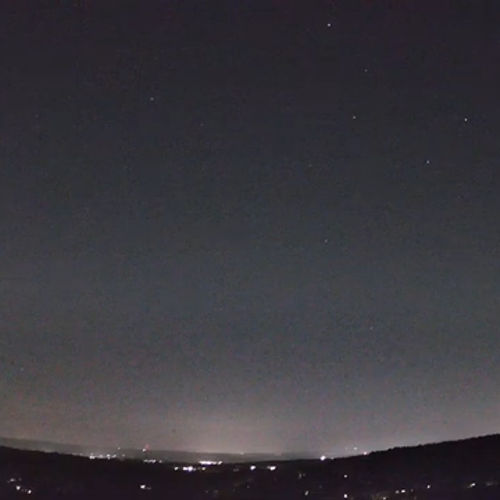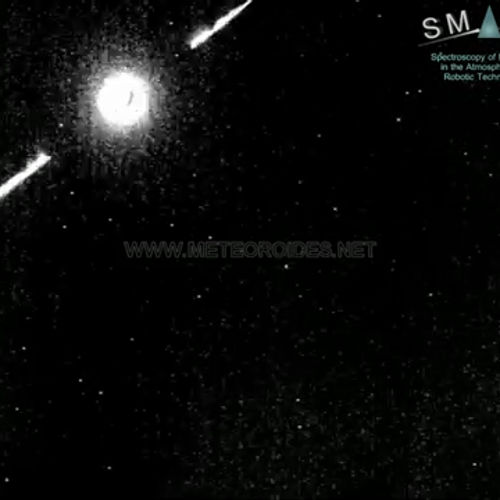
| Added | Thu, 23/09/2021 |
| Источники | The Pawtucket Times, 3 July 1947
|
| Дата публикации | Thu, 03/07/1947
|
| Версии |
Pawtucket, Rhode Island, TIMES, July 3, 1947, p.
MOSCOW. One of the largest meteorites that have collided with the earth in our time, a massive one that fell about 250 miles north of Vladivostok on the night of February 12, belonged to a relatively rare variety known as "hexadrite". Soviet scientists studying the fragments of a meteor have decided.
It contained iron, nickel, cobalt and a small amount of phosphorus and sulfur.
Other scientists are still working at the place where the meteor fell, one team is excavating to get to what appears to have been the main body of the meteor. He is buried at a depth of more than 35 feet in the soft soil of a sparsely populated area. The resulting crater has a diameter of 210 feet.
Thirty-five other debris craters have been mapped, most of which are between 45 and 75 feet in diameter.
Reports from the primorsky provinces showed that the Earth collided with a" small planet or asteroid " weighing 1080 tons, and only the fact that both the Earth and the asteroid were moving in the same direction prevented a serious impact, Radio Moscow reports.
"The report received in Alma-Ata Kazakhstan from academician V. G. Fessenkov, who heads the mission of the USSR Academy of Sciences to study the Sakhote-Alin meteorite, shows that this event was probably unique in the history of mankind," Moscow Radio reported.
The Earth collided with a small planet or asteroid. Calculations show that the meteorite overtook the Earth at a slight angle to its orbit at a speed of about 19.9 miles per second, which is significantly faster than the speed of the Earth.
As a result, the meteorite reached the earth's surface, causing local damage. Some of its fragments are buried deep into the ground, forming numerous craters.
The air wave passed in the direction of the meteorite's flight. The fall of the meteorite was not accompanied by an explosion, as in the case of the large Tunguska meteorite, which flew in the direction opposite to the direction of the Earth.
The Tunguska meteorite, the most famous of those that fell in historical times, landed in Siberia with a powerful explosion and covered many square miles with craters. It leveled trees away from the explosion site for dozens of miles around.
Radio Moscow reported:
"The Sikhote-Alin meteorite has an interesting chemical composition. Its crystal structure is another proof of its cosmic origin. The expedition continues its research."
Postage stamp of the USSR, 1957 (CFA [JSC "Marka"] No. 2097)
Новости со схожими версиями
Log in or register to post comments
![Postage stamp of the USSR, 1957 (CFA [JSC "Marka"] No. 2097)](https://ik.imagekit.io/u4ftyhke2kx/storage/tr:h-1199,w-828/nt_news/54603/10-275.jpeg?ik-sdk-version=php-2.0.0)

